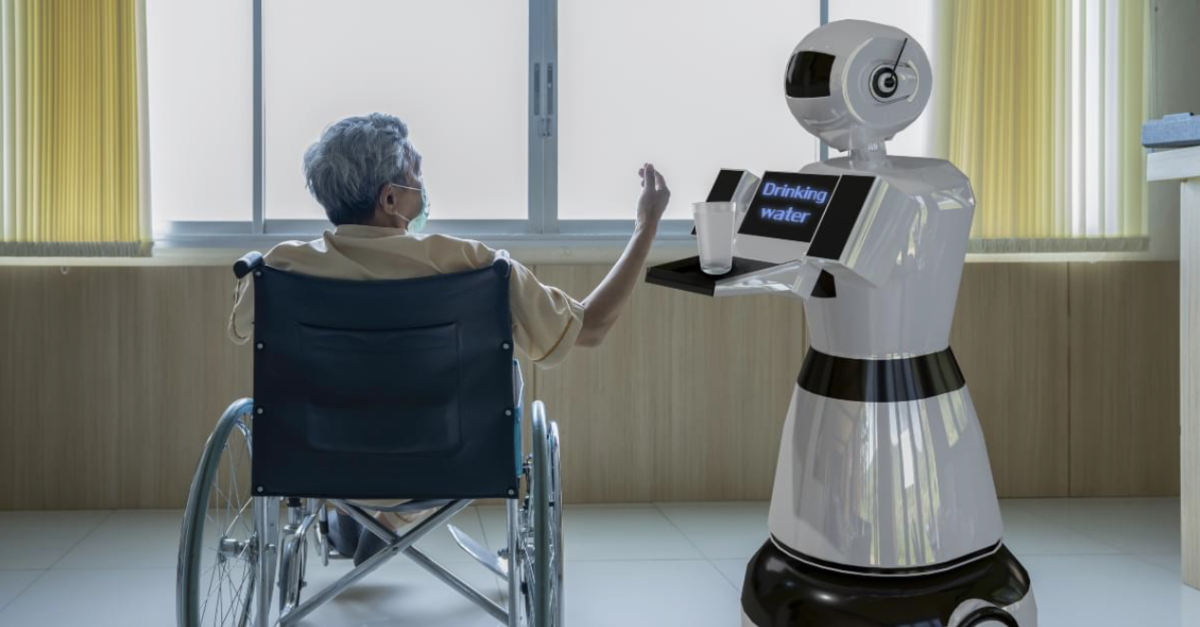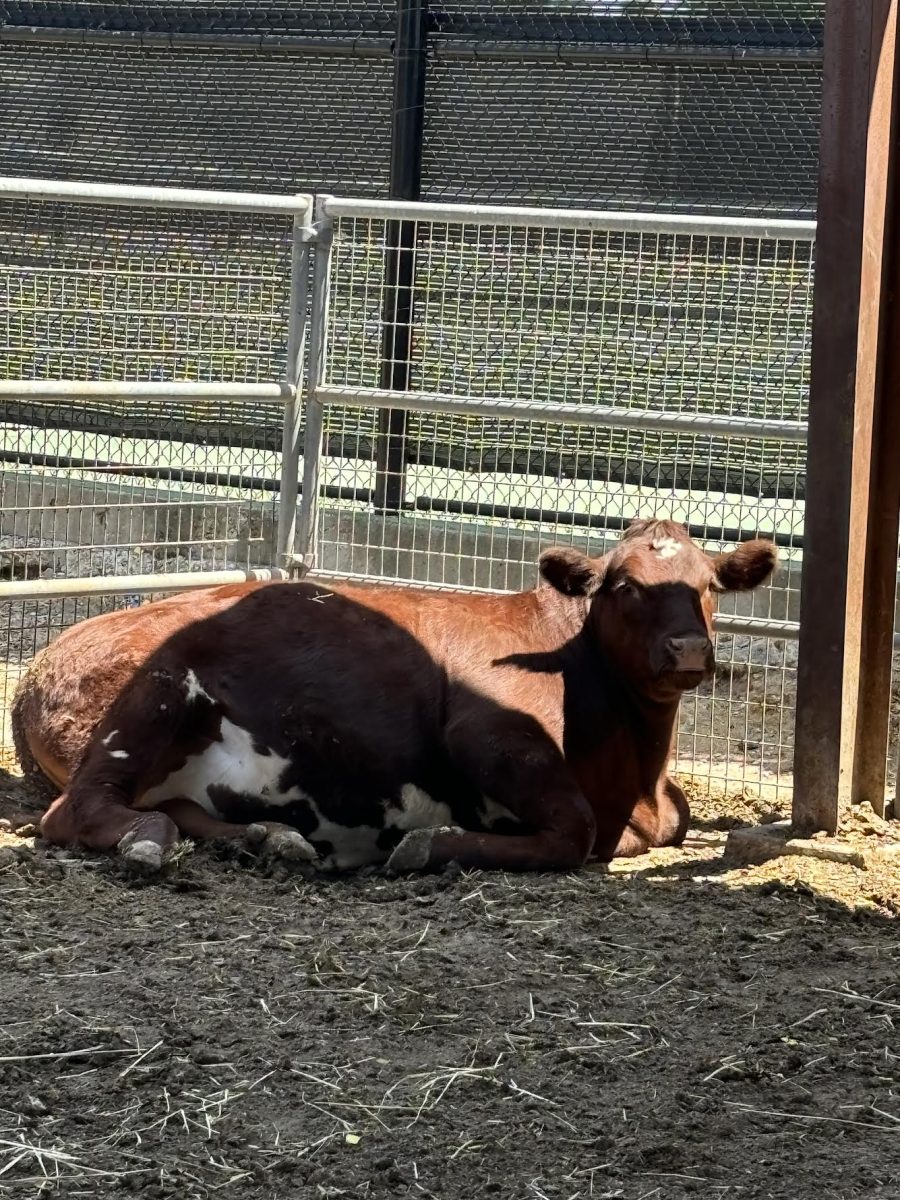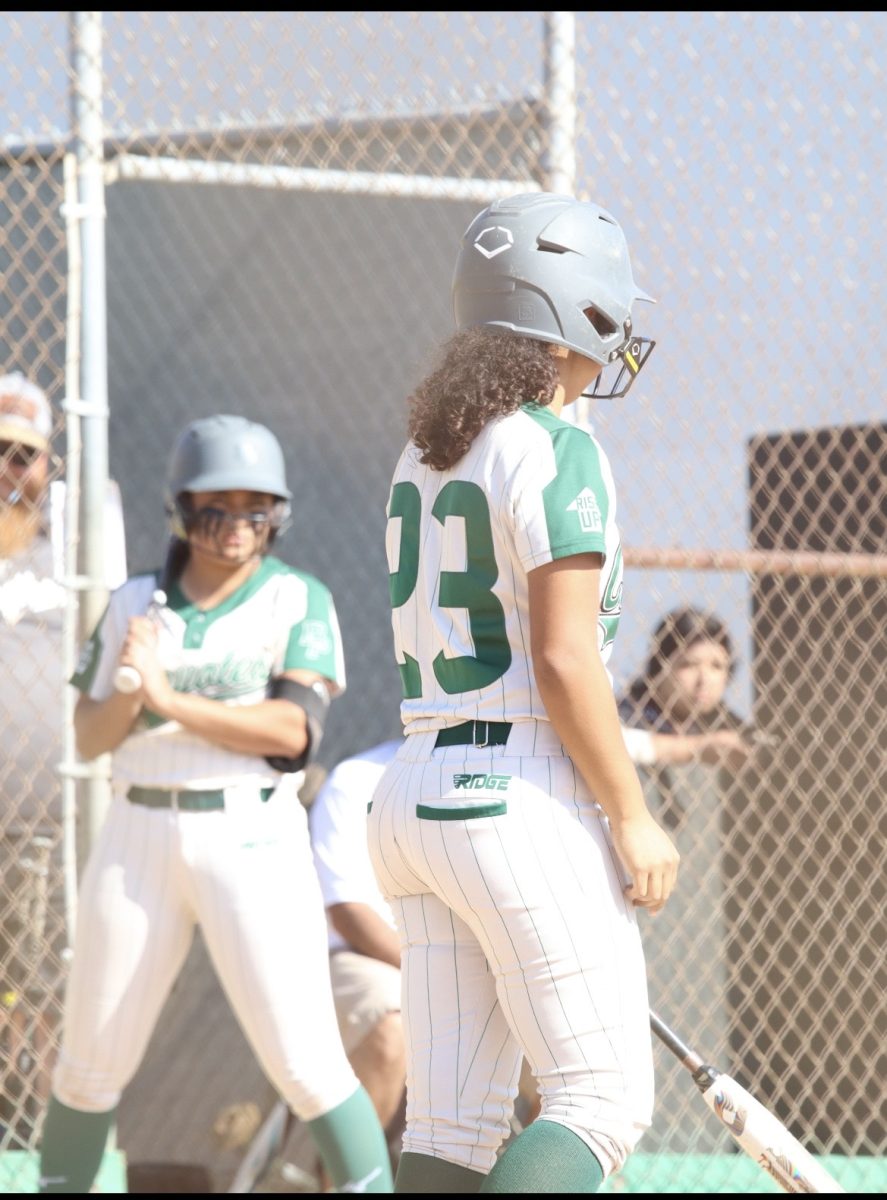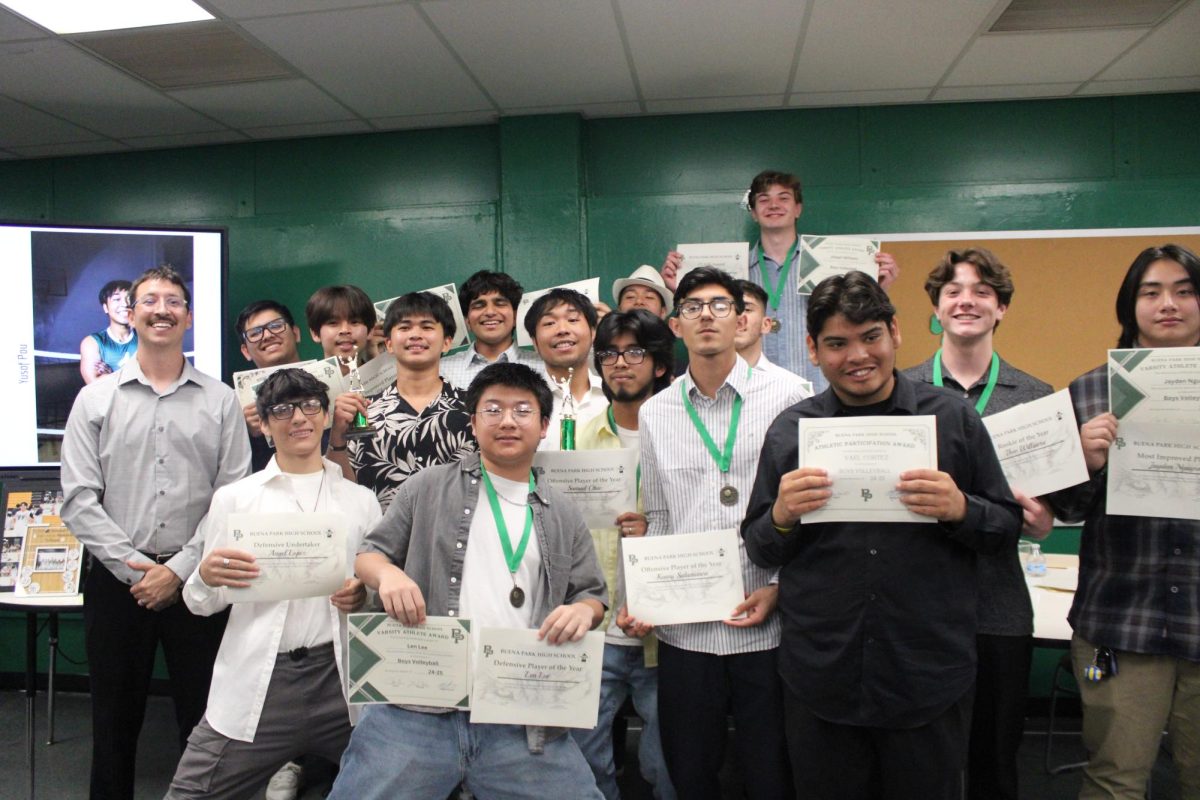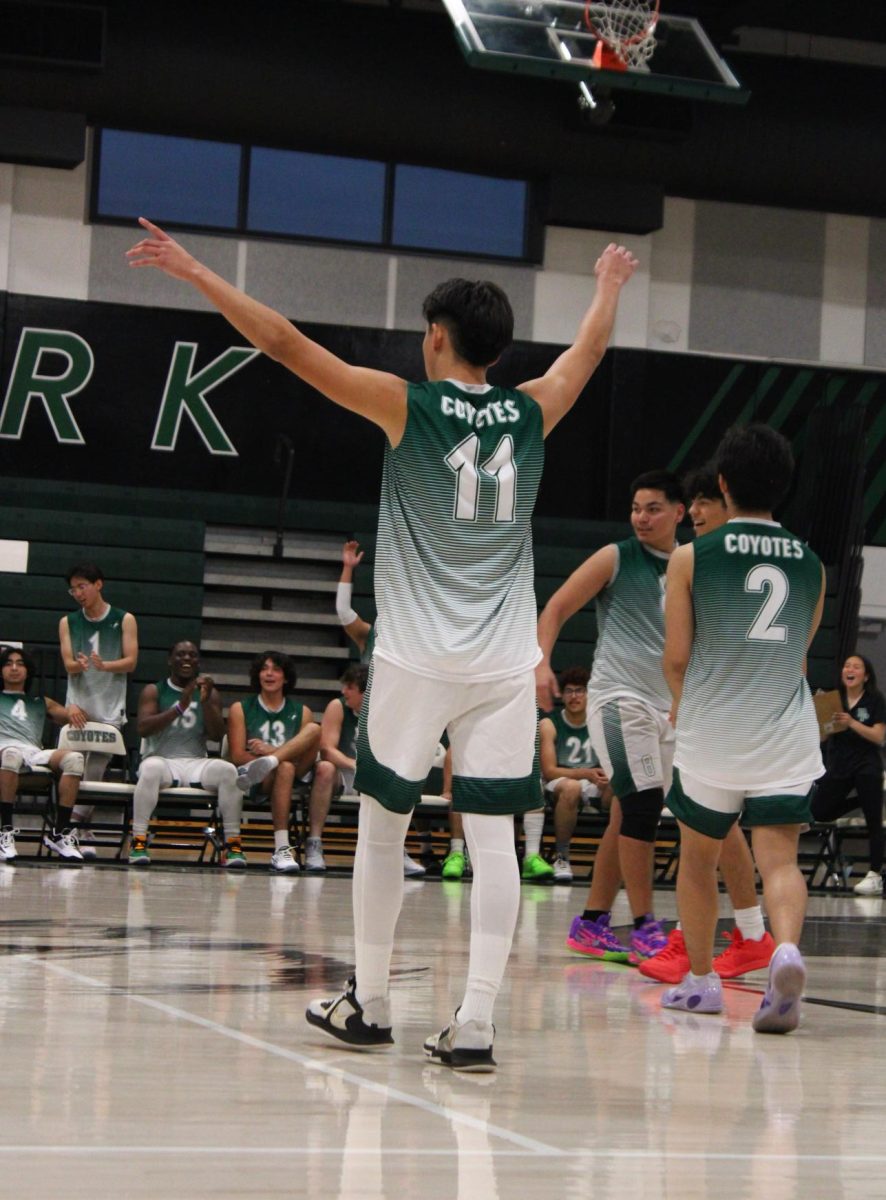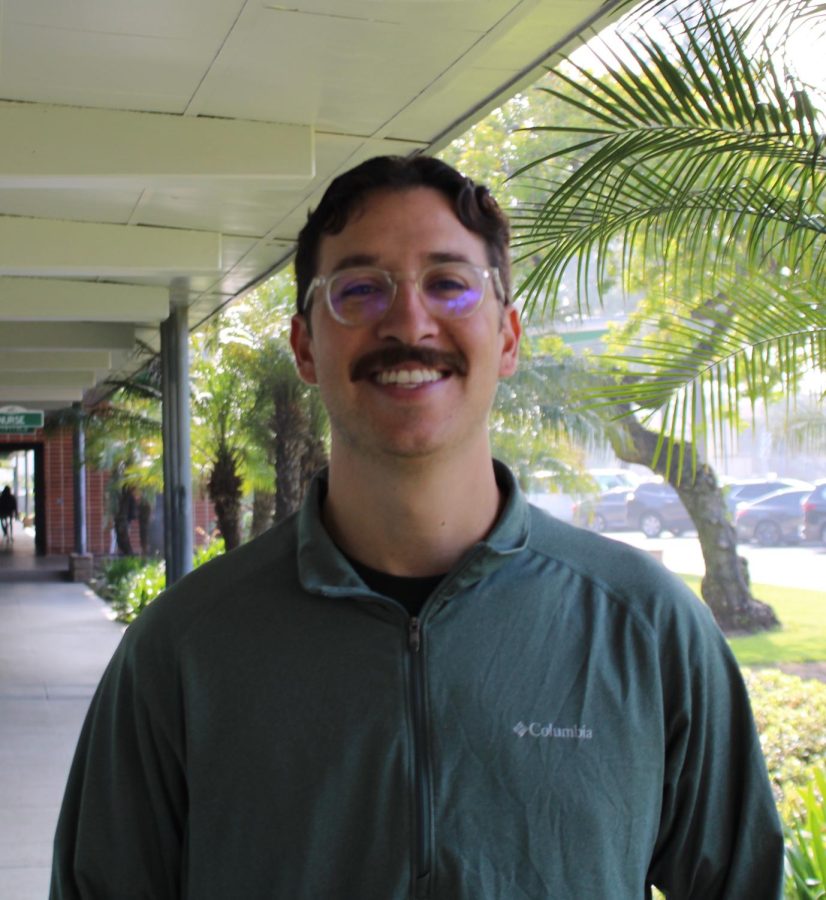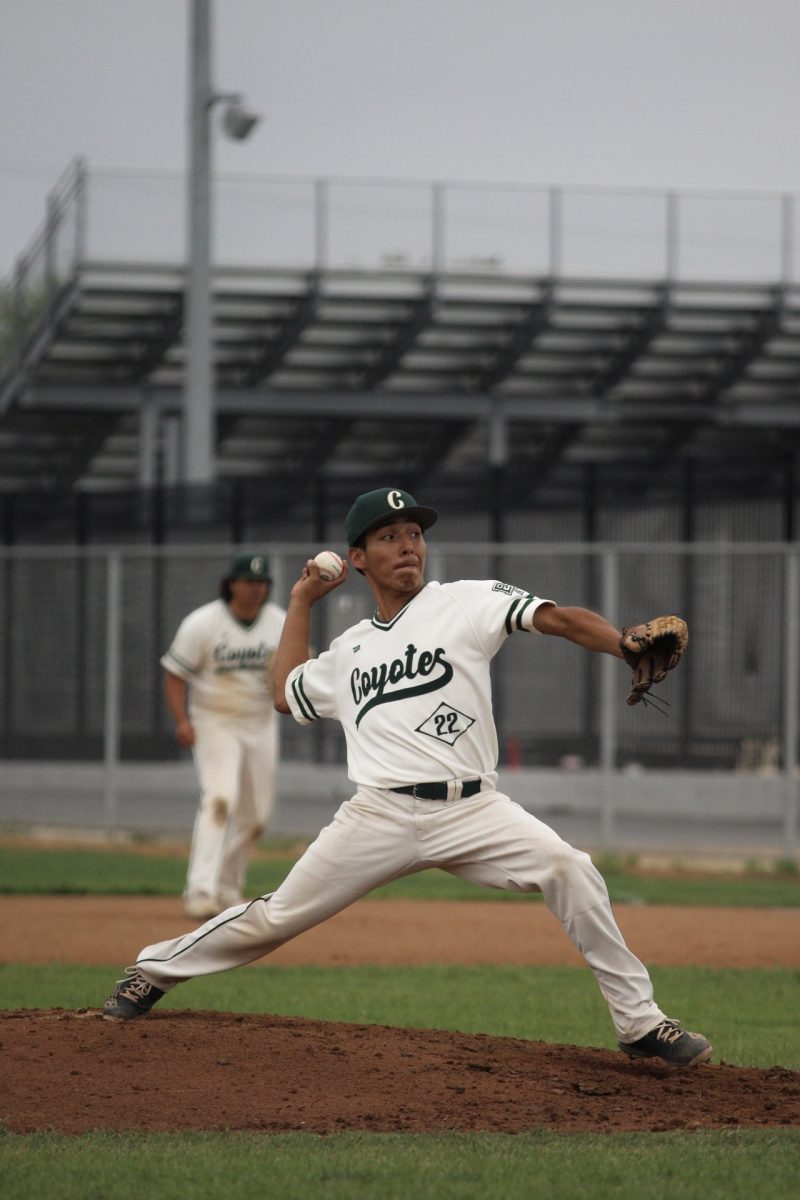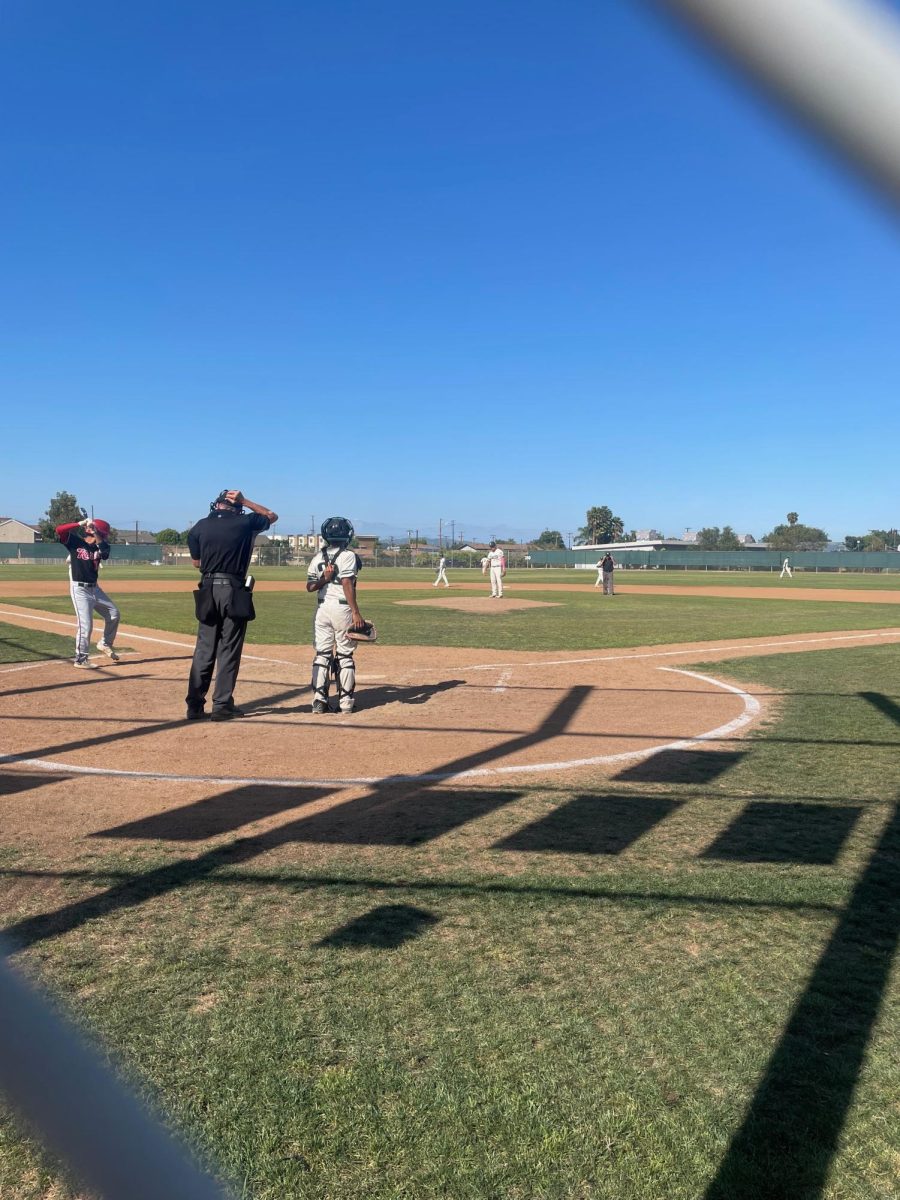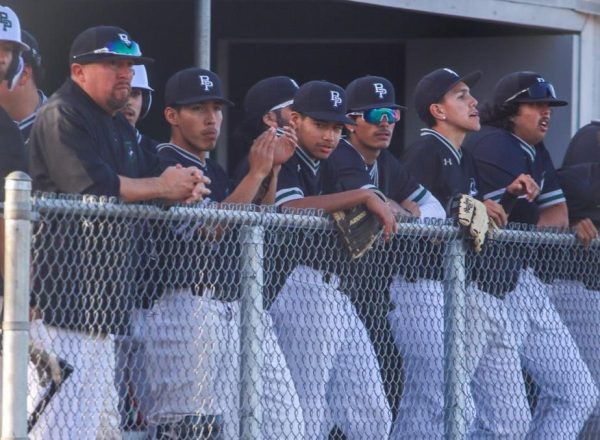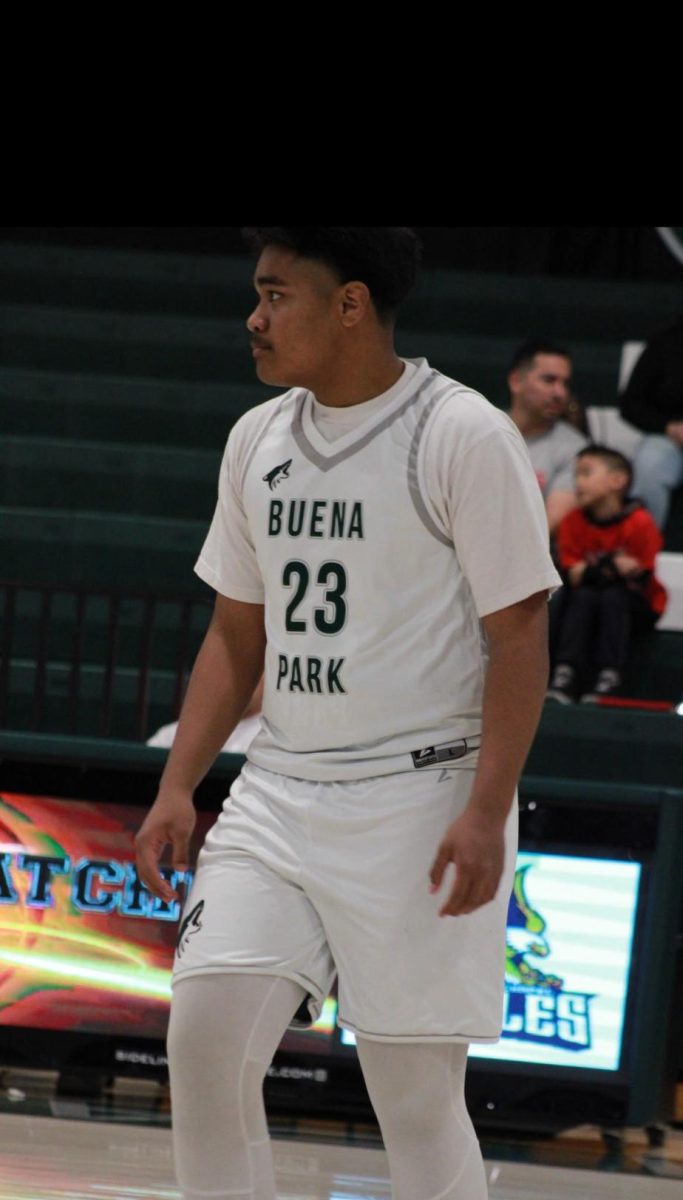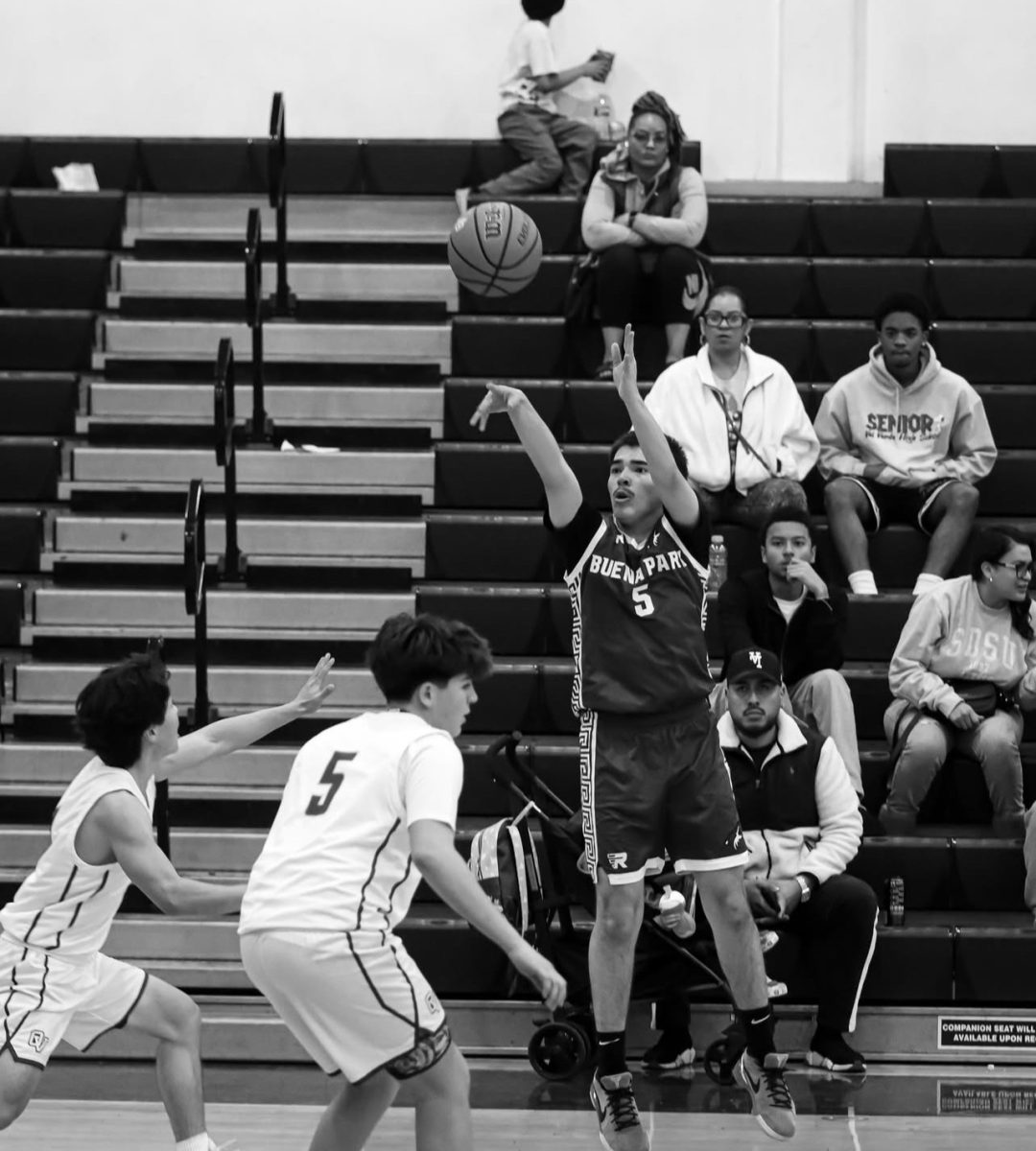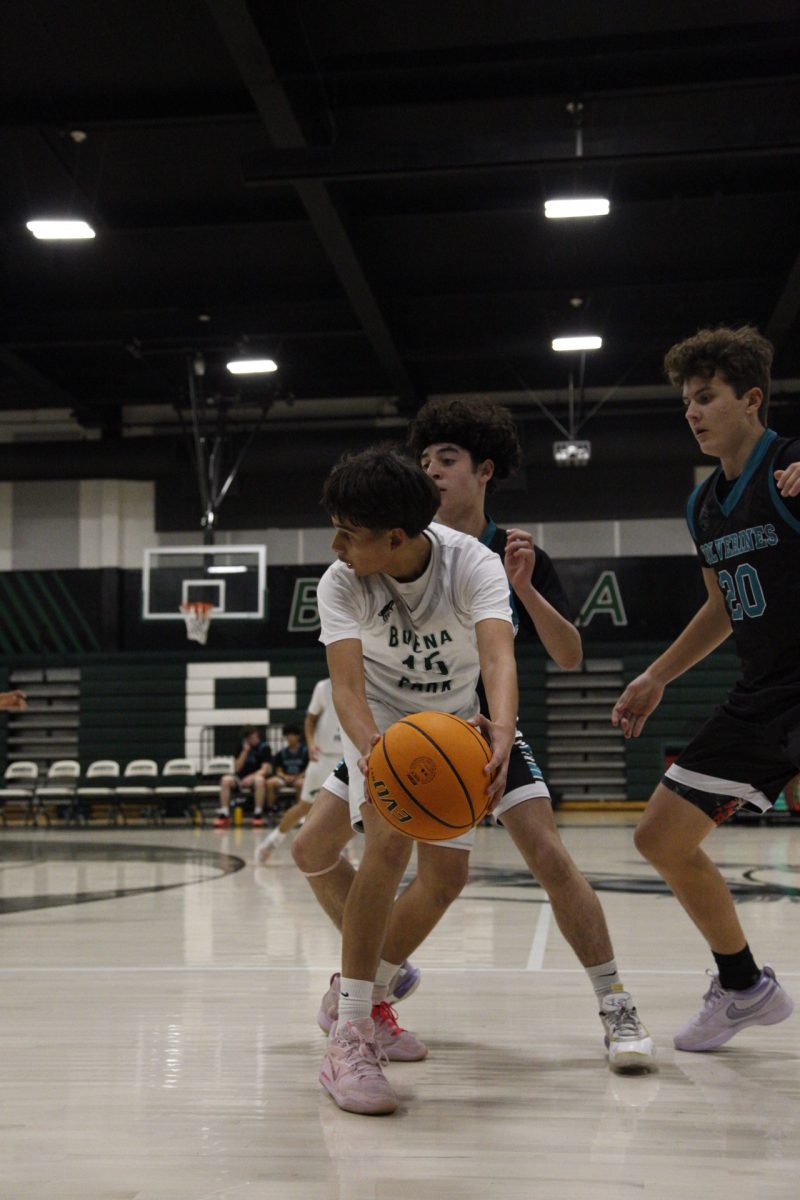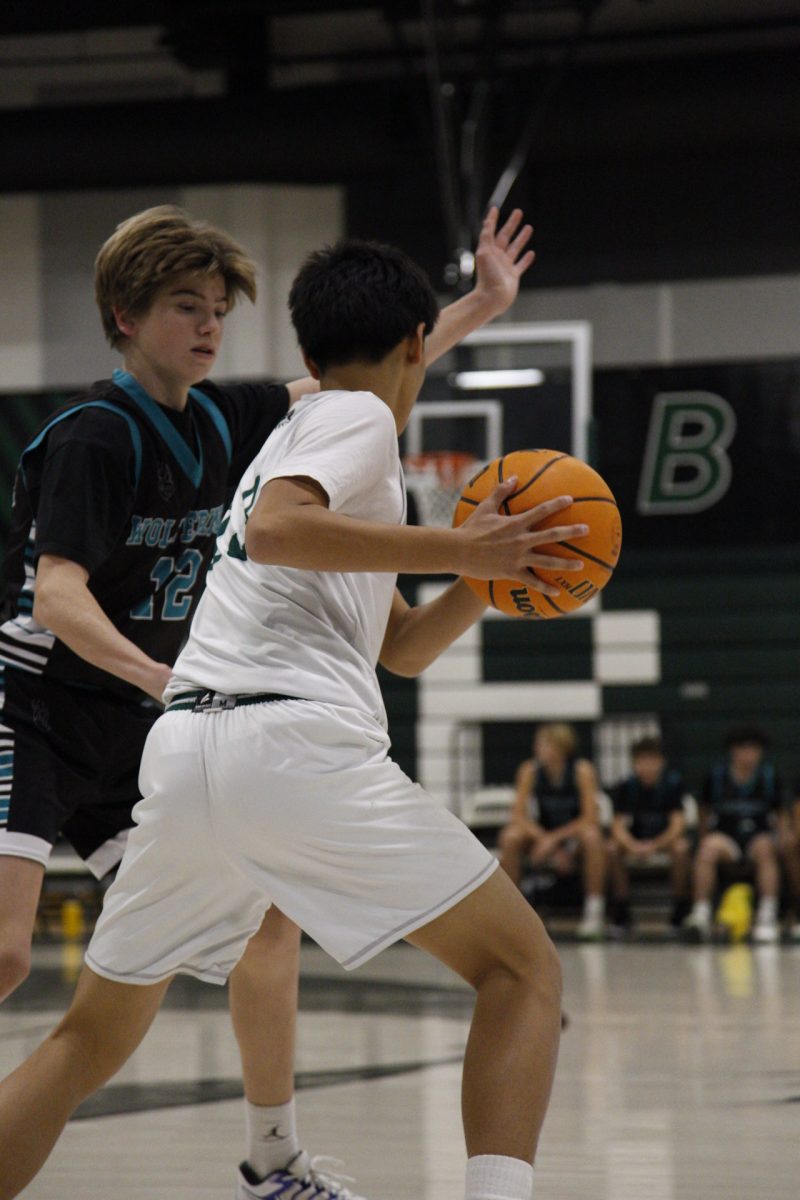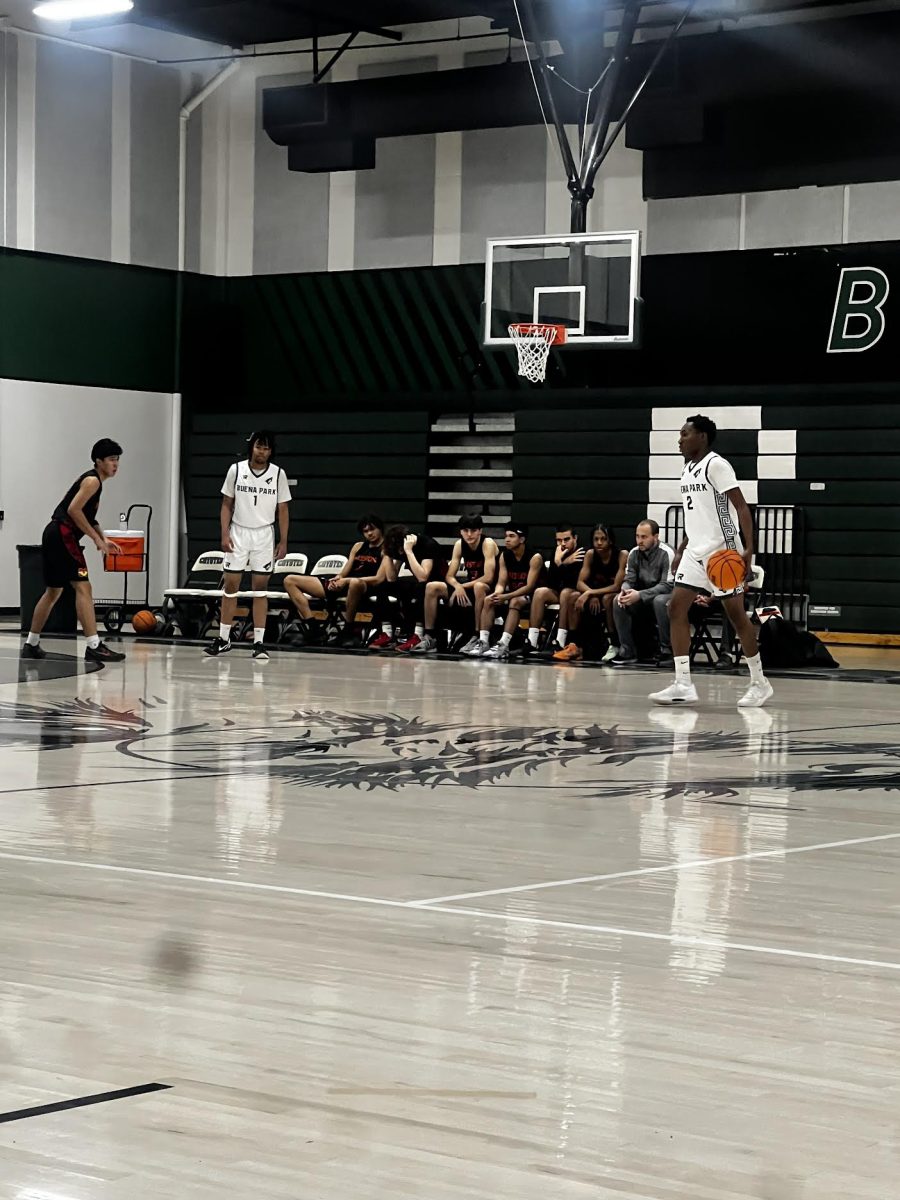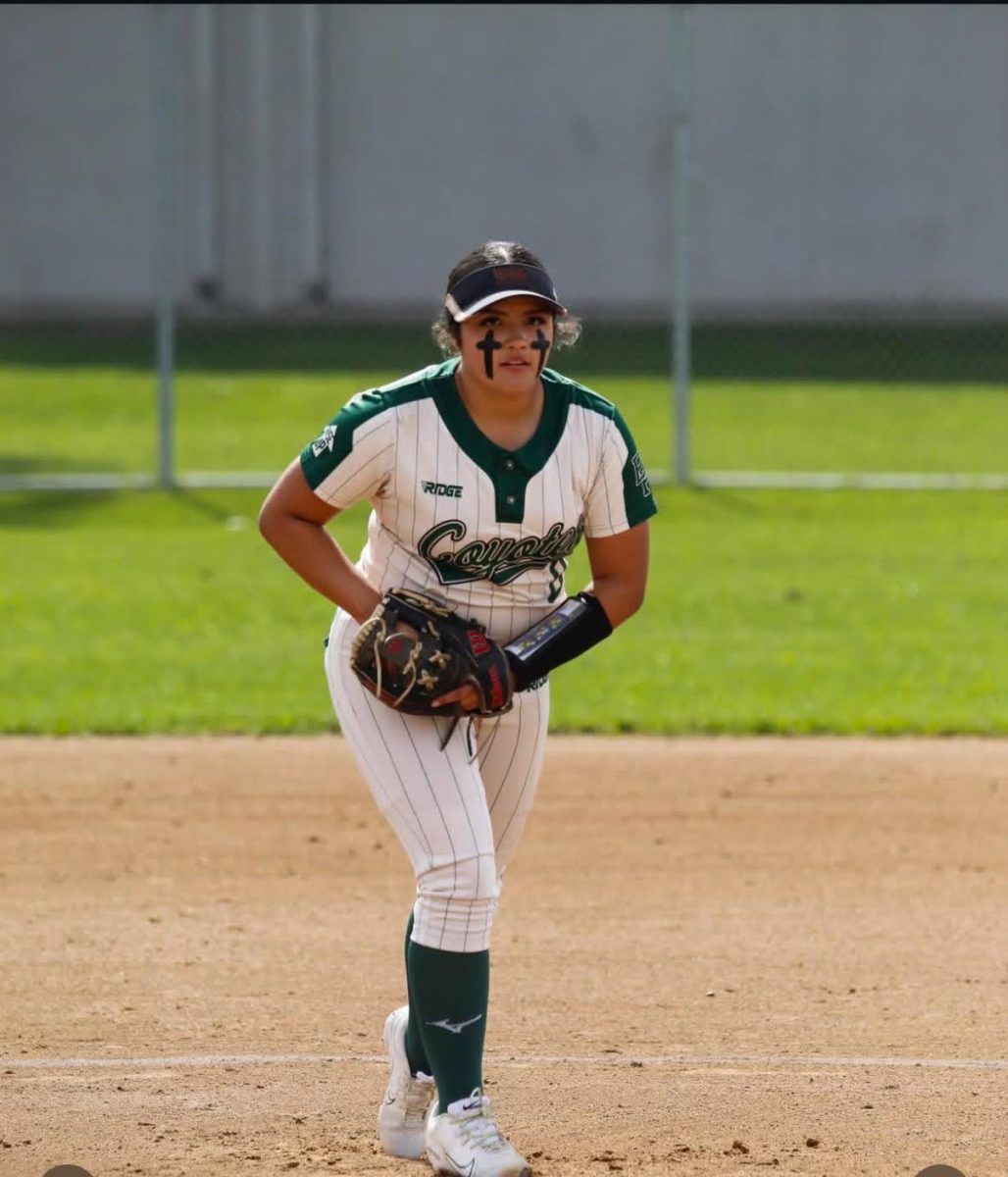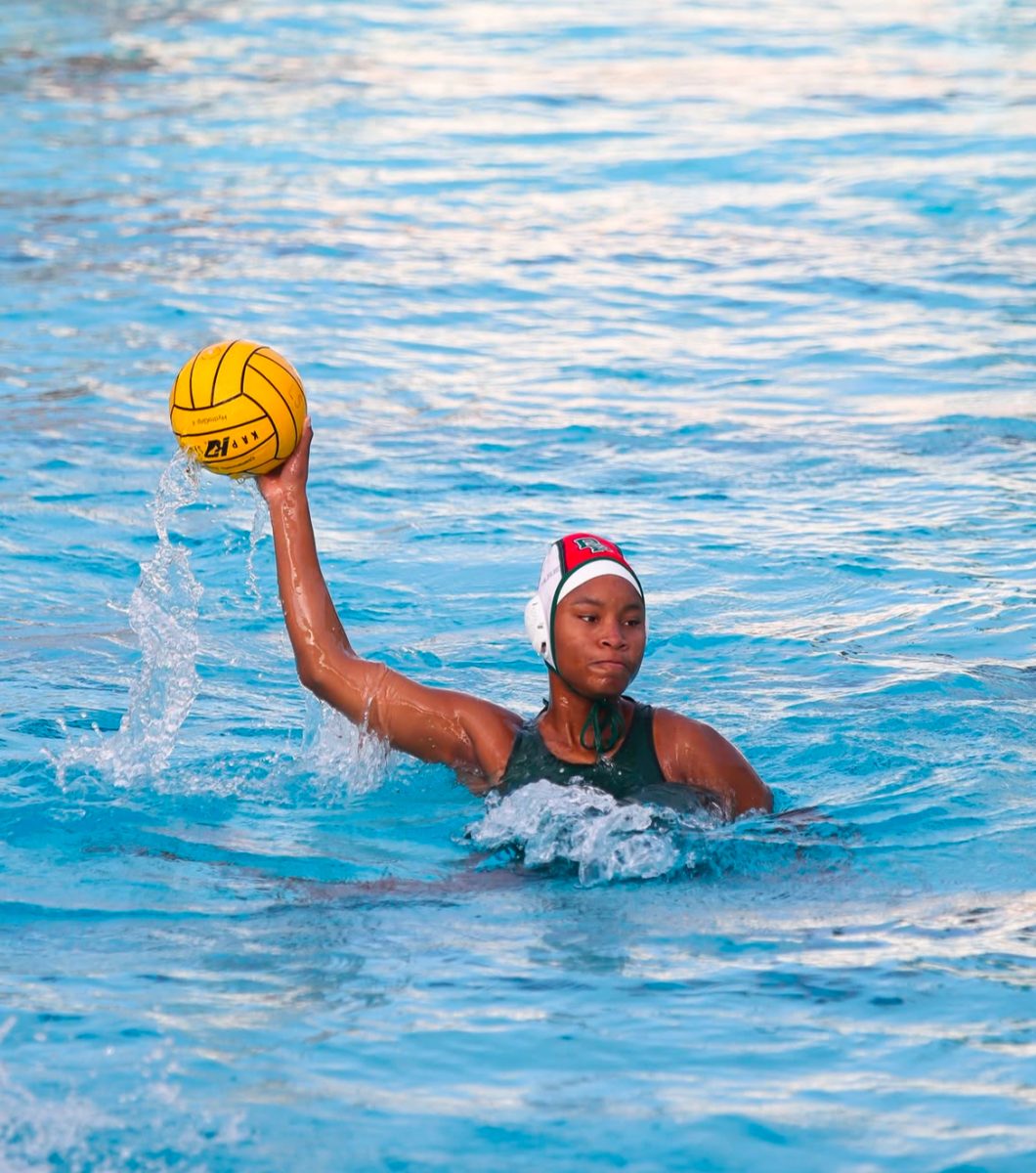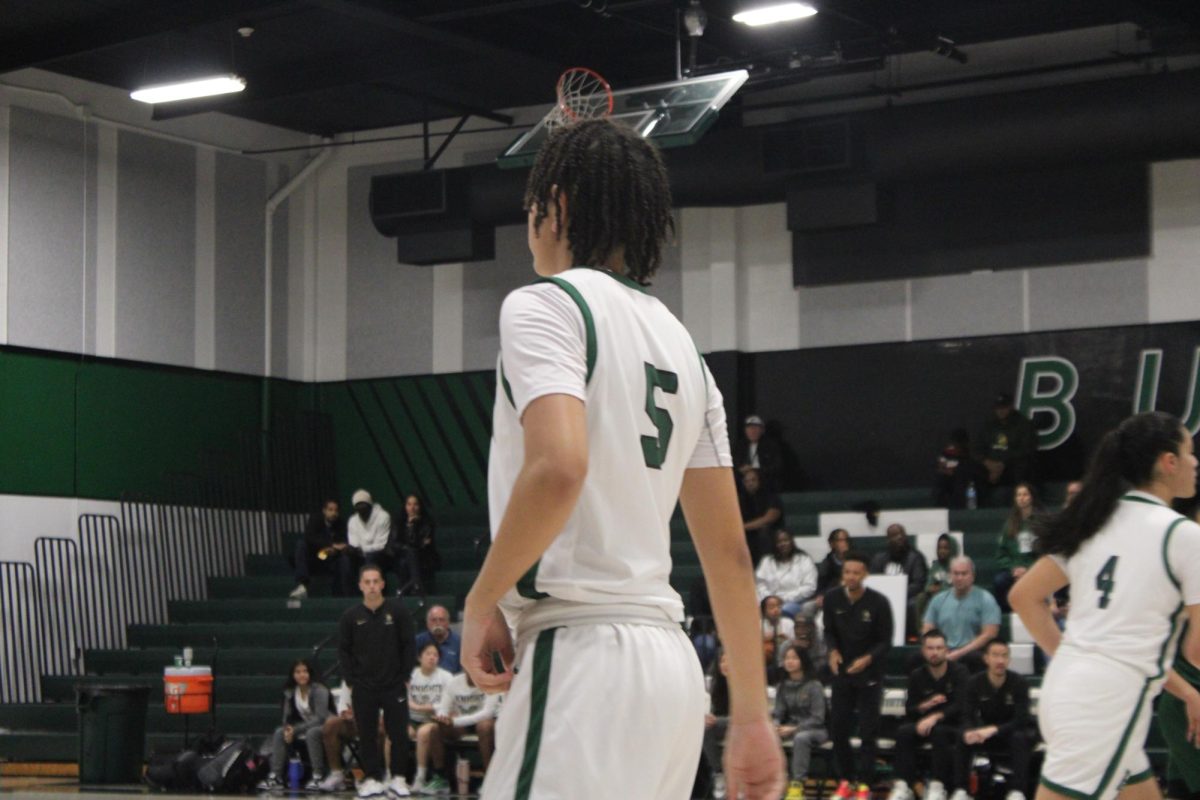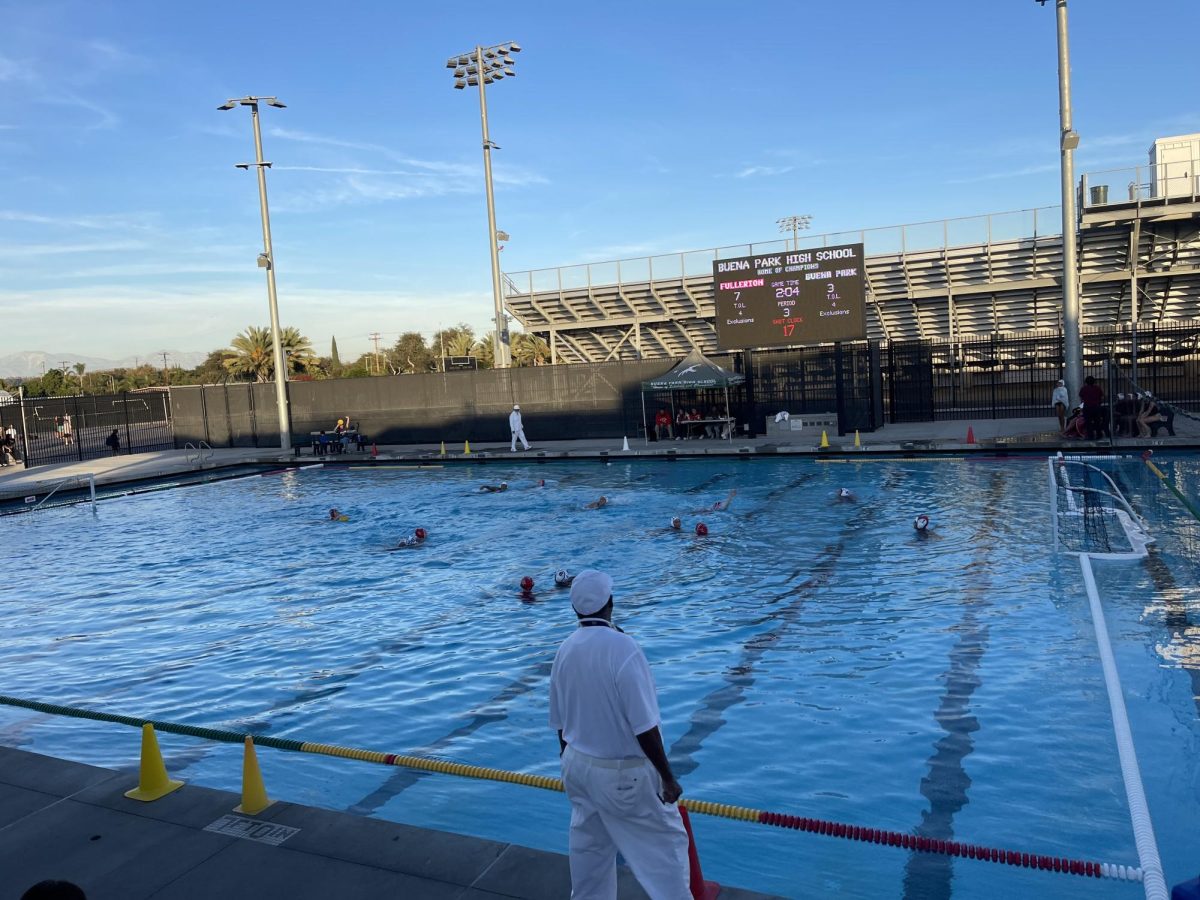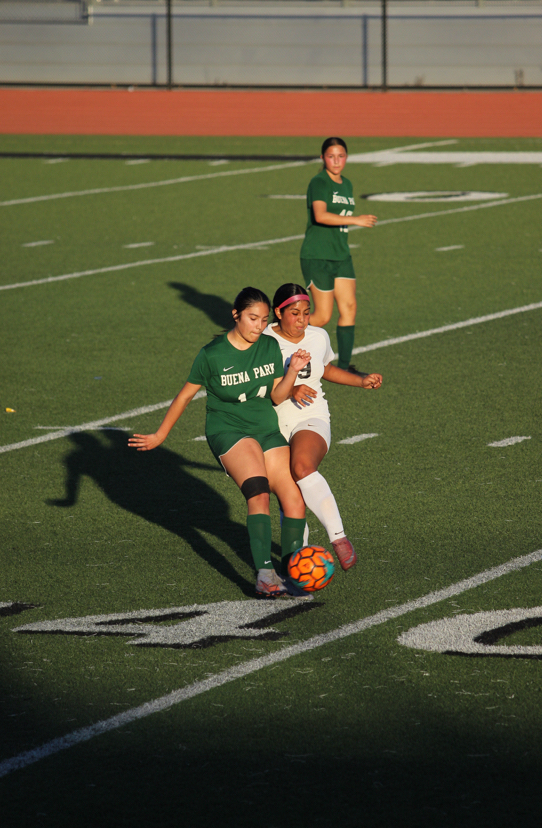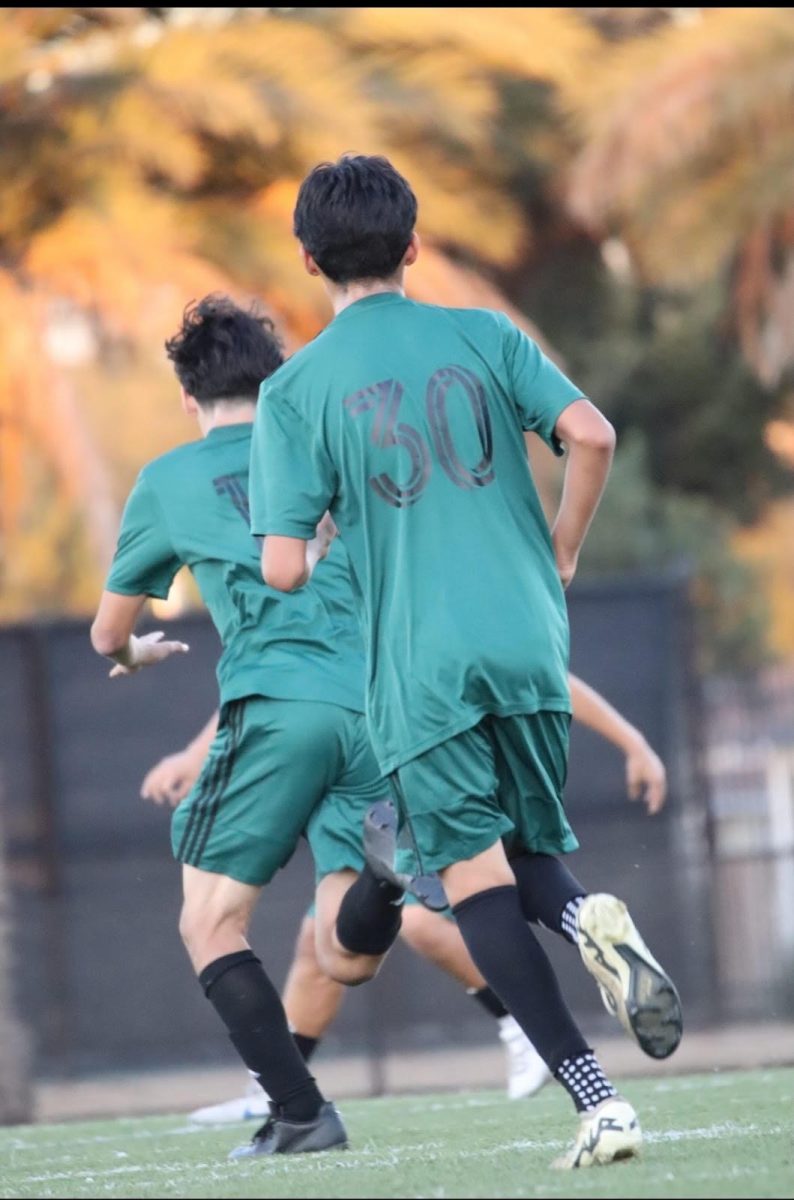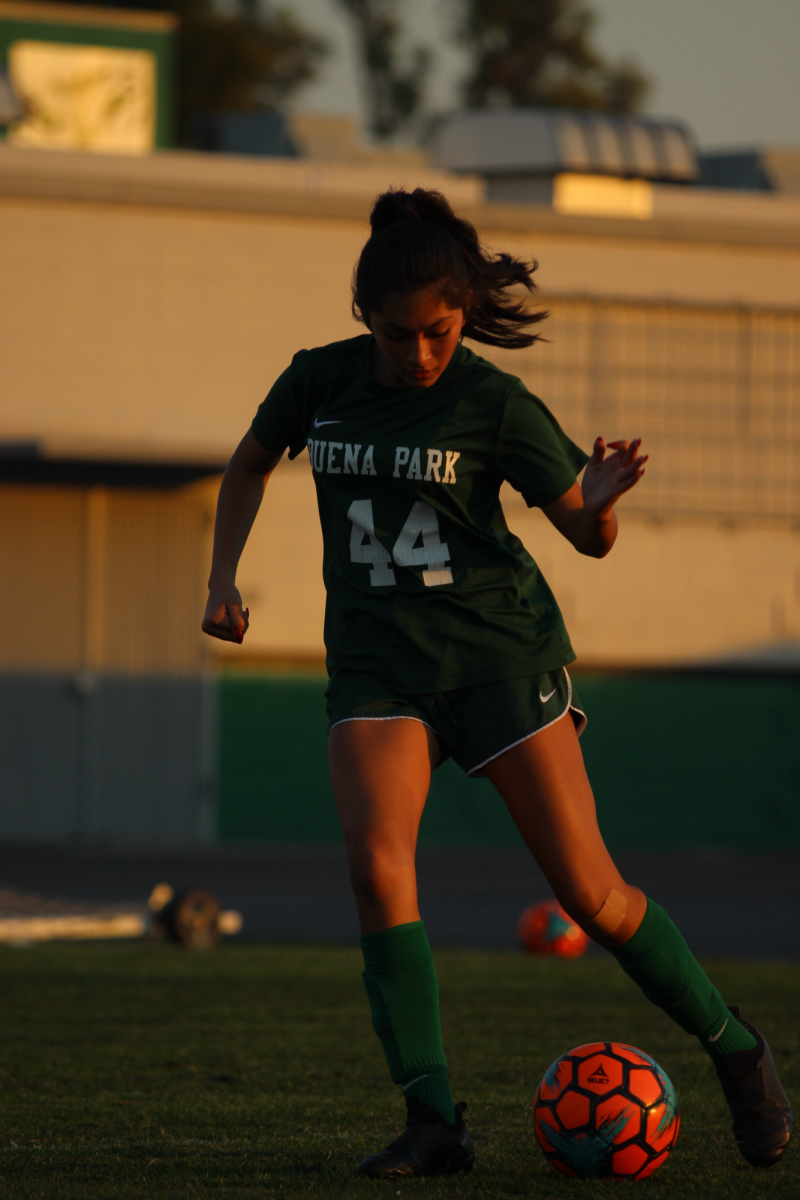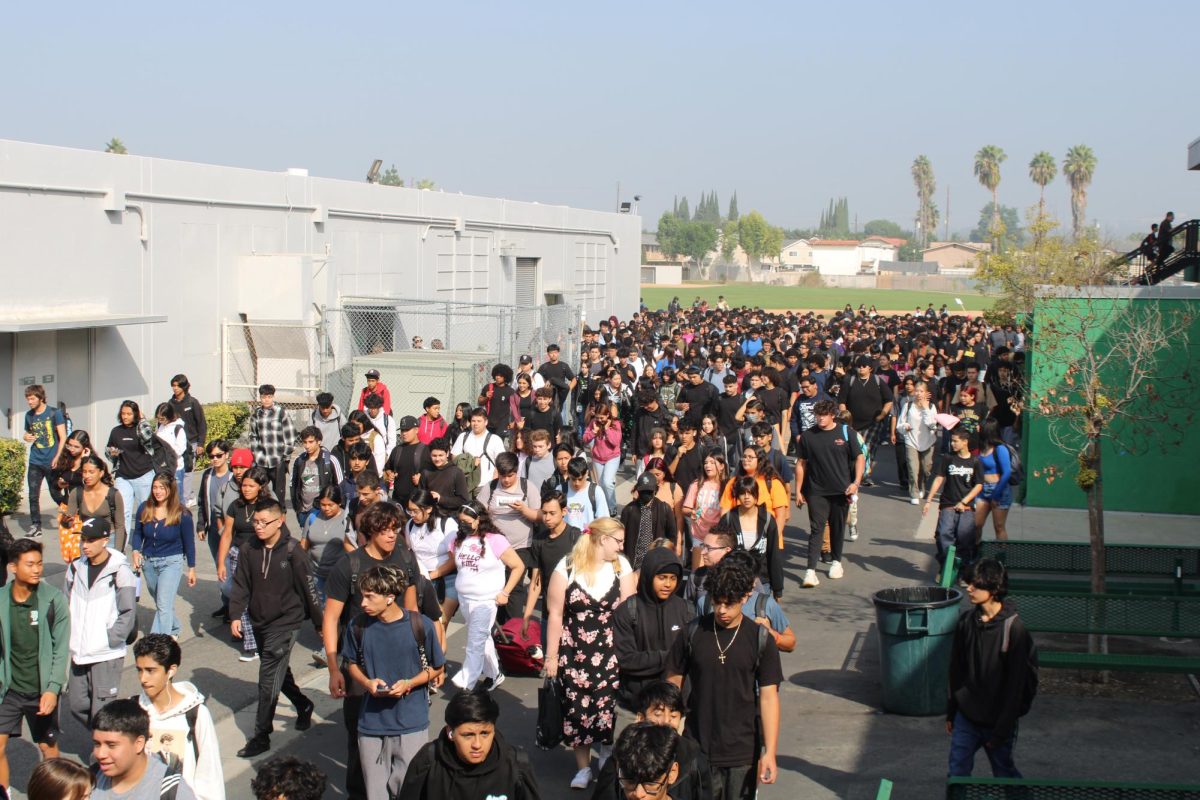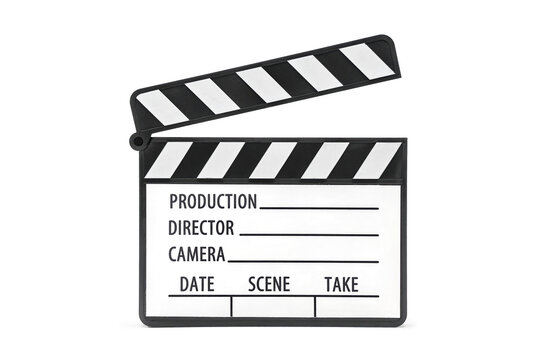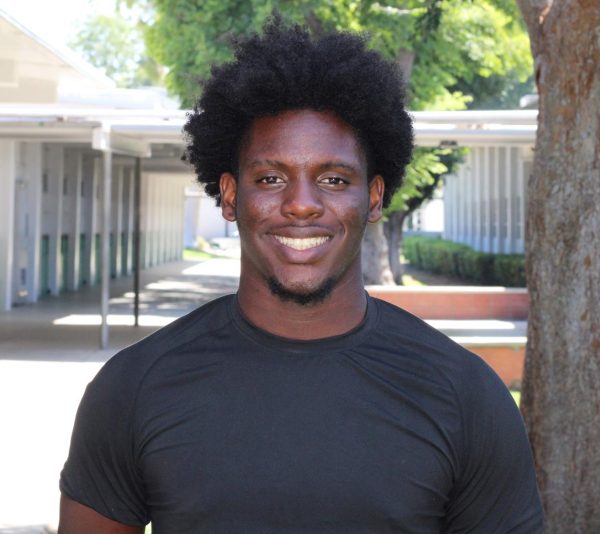Once a year, you are sitting in class, waiting for the lunch bell to ring, and you hear the beep to signify that loudspeakers are about to give you and your class a message. You hear the person from the front office, or perhaps the principal say “We are now in the Great Shakeout. Please get under your desk!” You quickly, yet unbothered, move your backpack out of the way and crawl under your desk. You sit there for a minute, you and your friend trying to make each other laugh with silly faces when finally, you hear the voice over the loudspeaker go “The Great Shakeout is now over. Please evacuate to the field.” You and your classmates walk in, not so much of a straight line, but a blob, waving to your friends from other classes as they pass. Once again, you get to the field, not in a straight line, and your teacher starts taking attendance and taking it very seriously. You may think teachers are being over-dramatic, but they have a good reason for acting as if this were a real earthquake.
Who participates in The Great Shakeout?
Oftentimes, CA students have earthquake drills a few times throughout the school year, as we live on top of the San Andreas Fault. But the Great Shakeout is done from here to Alaska, Montana, and all the way to Puerto Rico. And it’s not only done here in the US. Countries like Mexico, Guam, Japan, Peru, and many others also participate!
But why do people take time out of their day to practice for an earthquake?
The scary fact is, that earthquakes can be very deadly. One in Tokyo, Japan (1923), Measuring as a 7.9, had an estimated death toll of 142,807. Another in Sumatra, Indonesia, Measuring as a 9.1, had an estimated death toll of 227,899. Larger earthquakes can also lead to other disasters like Tsunamis and Large Fires. It’s important that we stay vigilant so that if the day comes, we will be able to minimize the impact and keep us, our friends, and our families safe.
What else can we do to prepare for an Earthquake?
Living in a place that is especially at risk for earthquakes, it’s important we prepare the best we can for whatever happens. Here are a few things that could help in a disaster situation.
-
Be safe during the shake
Ideally, you would want to be outside, away from tall buildings, trees, and anything else that could fall during shaking. However, if you are inside, find a table/desk, with one hand holding onto one of the legs of the table, and with the other covering your head.
-
Aftermath & Aftershock
Depending on the severity, it might be necessary to get out of the building you are in (If you are in one). The big concern is a collapse of the building or part of the building. Now, many buildings in California are built with earthquakes in mind, but nothing is truely “Earthquake Resistant”. If it is a relatively small quake, you still may want to go check on neighbors. But you may be able to just continue on with your day. But for much larger earthquakes, there may be damage that may make a building unsafe. Watch out for debris, and be alert, because there may be some aftershock.
-
Supplies/Resources
During any large disaster, resources can be scarce. So it is important to be prepared ahead of time. With things like fresh water, non-perishable foods, batters/light sources, and medical supplies (rubbing alcohol/ alcohol wipes, bandages, cotton pads, etc).
Here are some other resources about earthquakes and earthquake safety:
